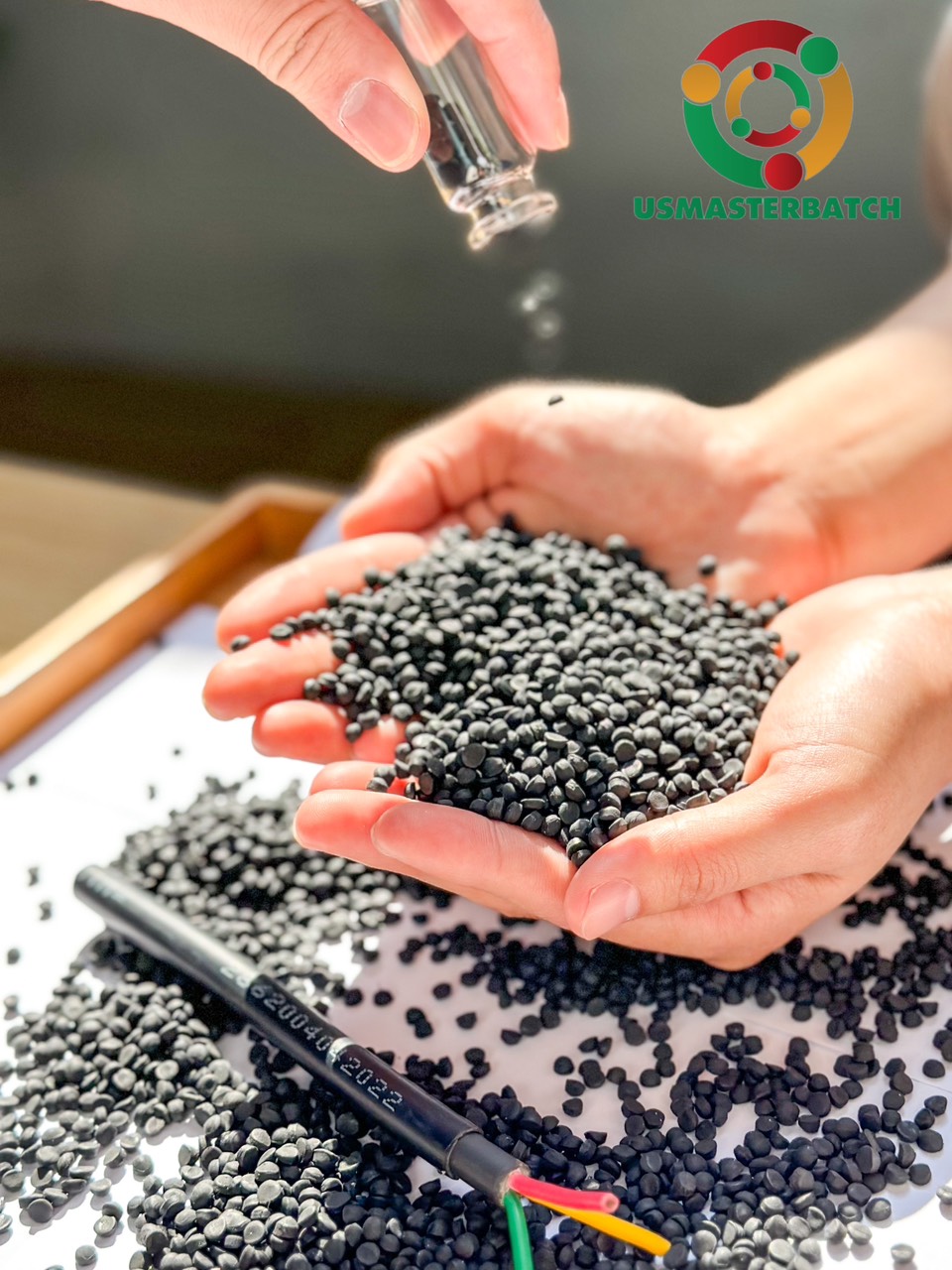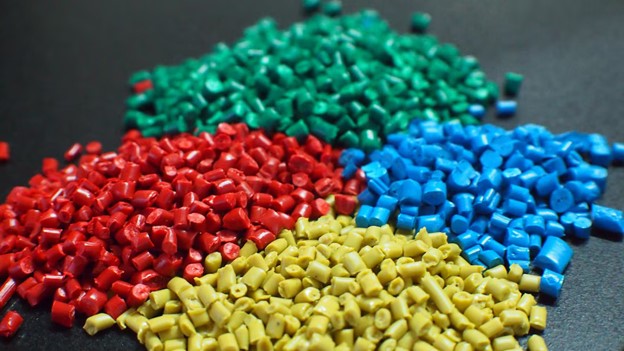The Development and Challenges of PVC Compound: Navigating Through Innovation and Adaptation
In the ever-evolving landscape of materials science, Polyvinyl Chloride (PVC) compounds have carved a niche for themselves, owing to their versatility and wide range of applications. As we delve into the development and challenges faced by PVC compounds, it’s essential to appreciate both the strides made and the hurdles overcome in this dynamic sector.

The Rise of PVC Compounds
PVC, first synthesized in the 19th century, underwent significant transformation to become the widely used material it is today. The journey from a rigid and brittle substance to a flexible and durable material was marked by the advent of additives and plasticizers, which enhanced its properties and broadened its applications.
In the mid-20th century, the development of PVC compounds revolutionized various industries, from construction and automotive to electrical and healthcare. The introduction of different formulations allowed for customization of PVC to meet specific requirements such as enhanced fire resistance, reduced toxicity, and improved longevity.
Innovation and Expansion
The versatility of PVC compounds lies in their ability to be tailored. Innovations in formulations have led to PVC compounds that are more efficient, sustainable, and suitable for a broader range of applications. For instance, the development of non-phthalate plasticizers addressed health concerns associated with traditional plasticizers, while new stabilizers improved the heat stability and lifespan of PVC products.
The expansion of the PVC compound market is also driven by the increasing demand for lightweight, cost-effective, and durable materials in various sectors. The ability of PVC to mimic the properties of more expensive or less sustainable materials makes it a preferred choice in many applications.
Challenges and Adaptation
Despite its advantages, the journey of PVC compounds is not without challenges. Environmental and health concerns have been the most significant. The production and disposal of PVC compounds involve issues related to emissions, toxic additives, and challenges in recycling. In response, the industry has seen a push towards more environmentally friendly additives, improved recycling techniques, and the development of bio-based PVC compounds.
Another challenge is the regulatory landscape, which varies across regions and is constantly evolving. Keeping pace with these changes requires continuous adaptation and innovation from PVC compound manufacturers.
The market competition and the need for constant innovation also present challenges. Manufacturers must balance cost, performance, and environmental impact while continually developing new and improved formulations.
Looking Ahead
The future of PVC compounds is poised on the fine balance between innovation and sustainability. As the industry moves towards more sustainable practices, the focus will likely shift to the development of bio-based PVC compounds and enhanced recycling technologies.
The adaptability and resilience of the PVC compound industry will be crucial in navigating these challenges. With continued research and development, PVC compounds can evolve to meet the demands of a changing world, offering solutions that are not only effective but also responsible.
In conclusion, the journey of PVC compounds is a testament to the power of human ingenuity and adaptability. While challenges remain, the future is bright for this versatile material, as it continues to evolve in response to the needs of our planet and its inhabitants.








